
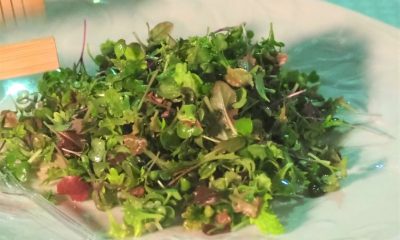

At a symposium organized by the Moon Village Association, scientists presented ideas on establishing a human colony in the challenging lunar environment.
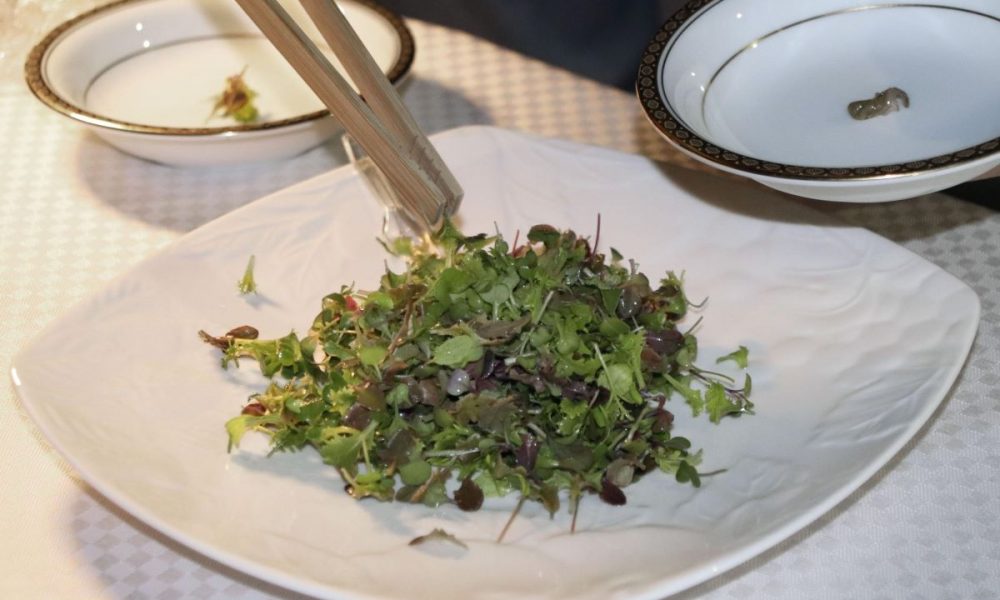
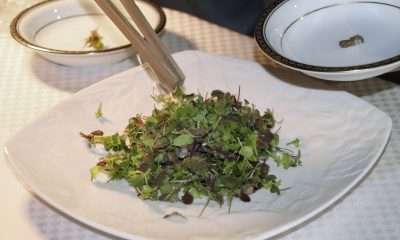

Attendees at a space conference enjoyed a salad made of greens cultivated in engineered soil, similar to the sand retrieved from asteroid Ryugu by JAXA.
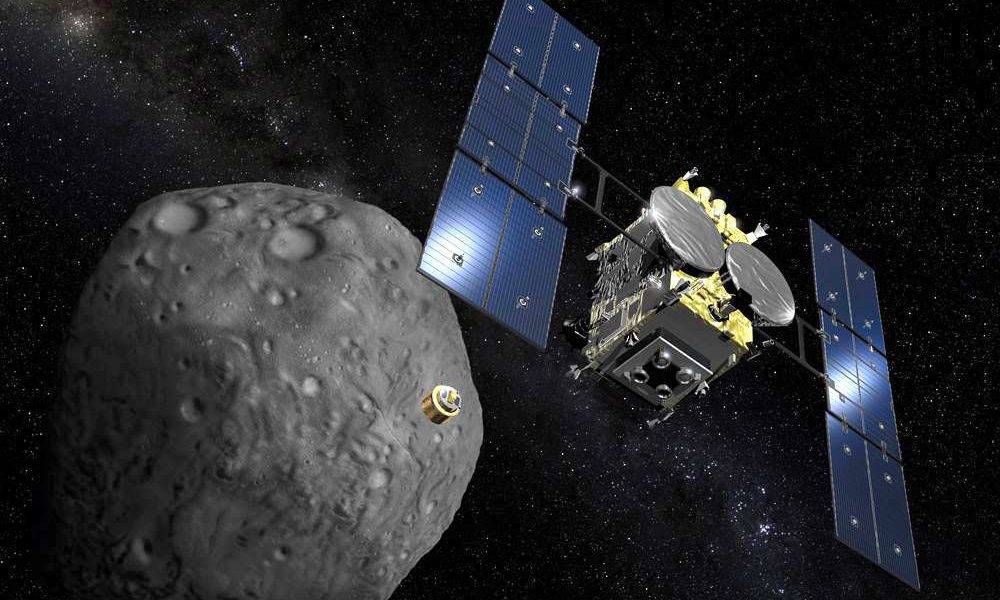


Samples collected from asteroid Ryugu by Hayabusa2 contain RNA base uracil and remnants of liquid water — shedding light on the origins of life.
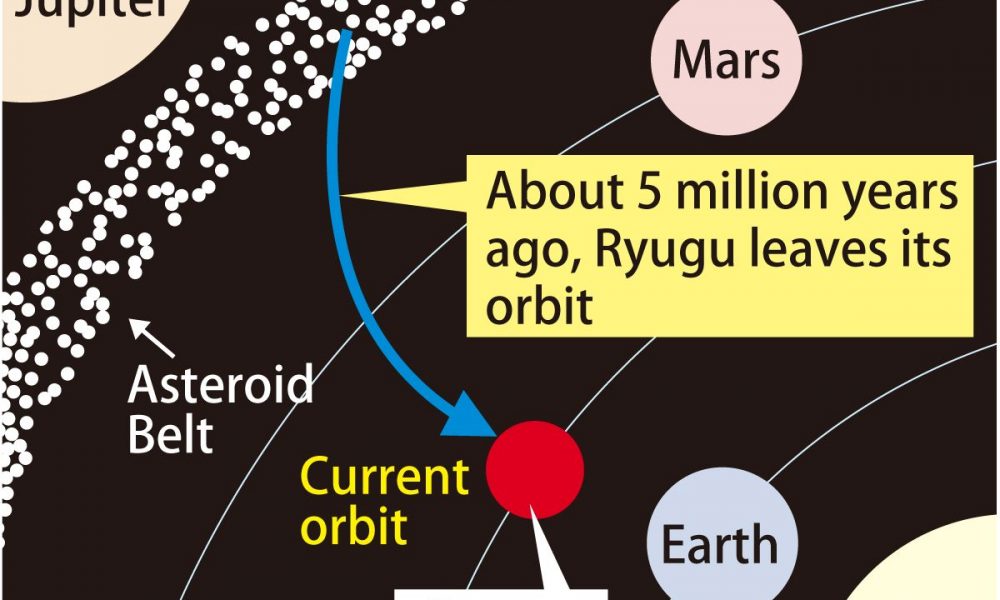
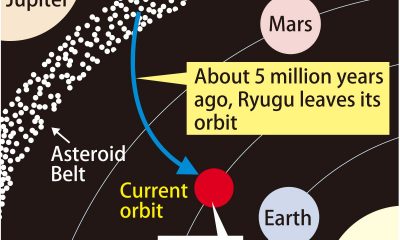

Samples from Ryugu sent back to earth by Hayabusa2 have led to startling discoveries about the power of cosmic rays and the makeup of asteroids.
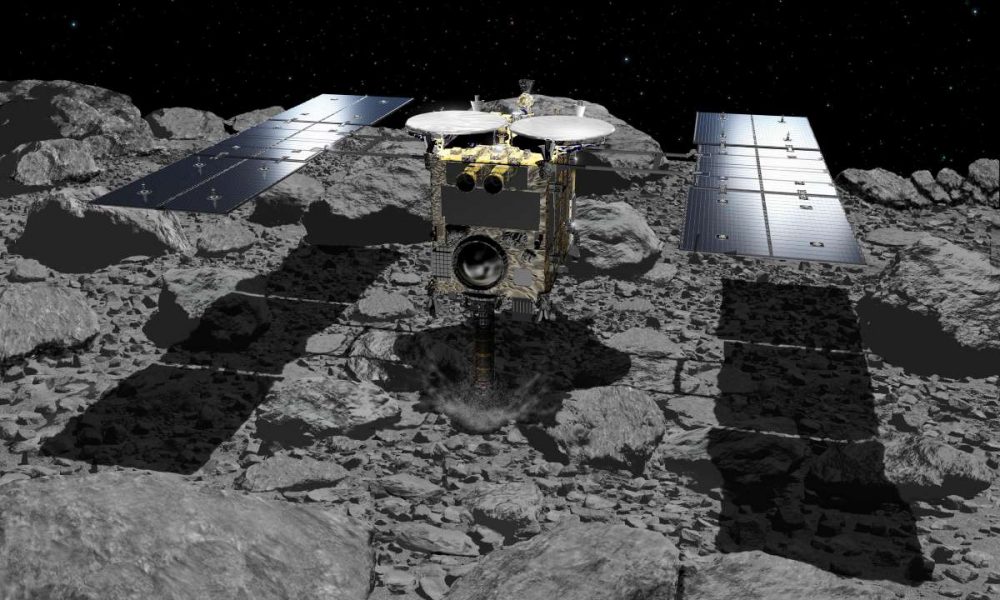
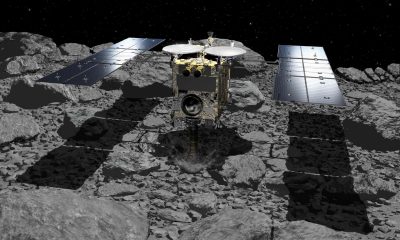

Research institutes around the world analyzing the asteroid’s sand samples have found more than 20 kinds of amino acids, the building blocks of life.
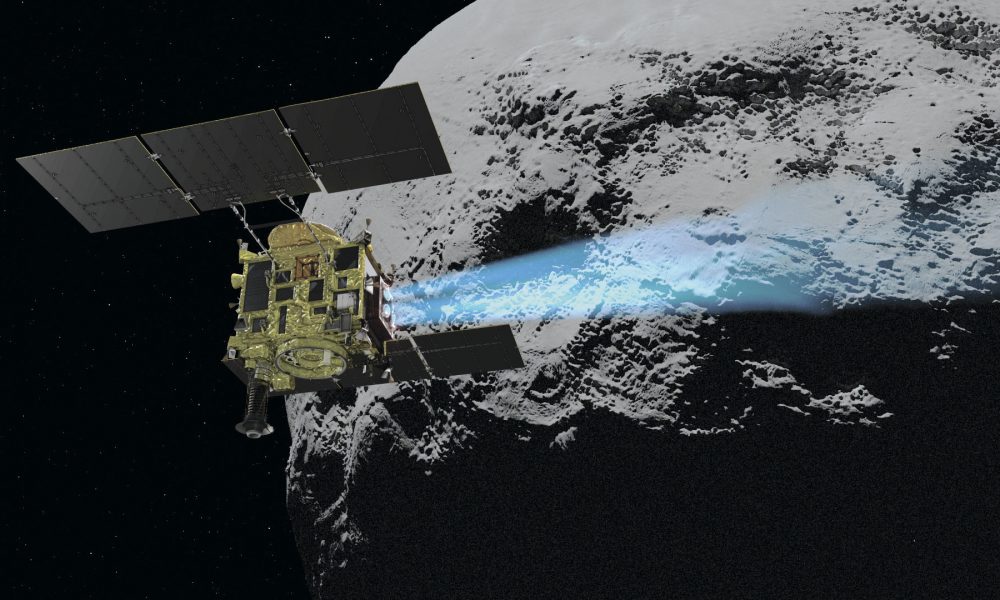
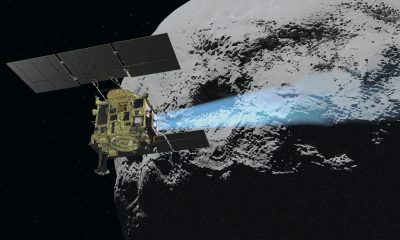

Hayabusa2 became the first spacecraft in the world to successfully collect samples from the subsurface of Ryugu in 2019, sending 5.4 grams of rocks and sand...
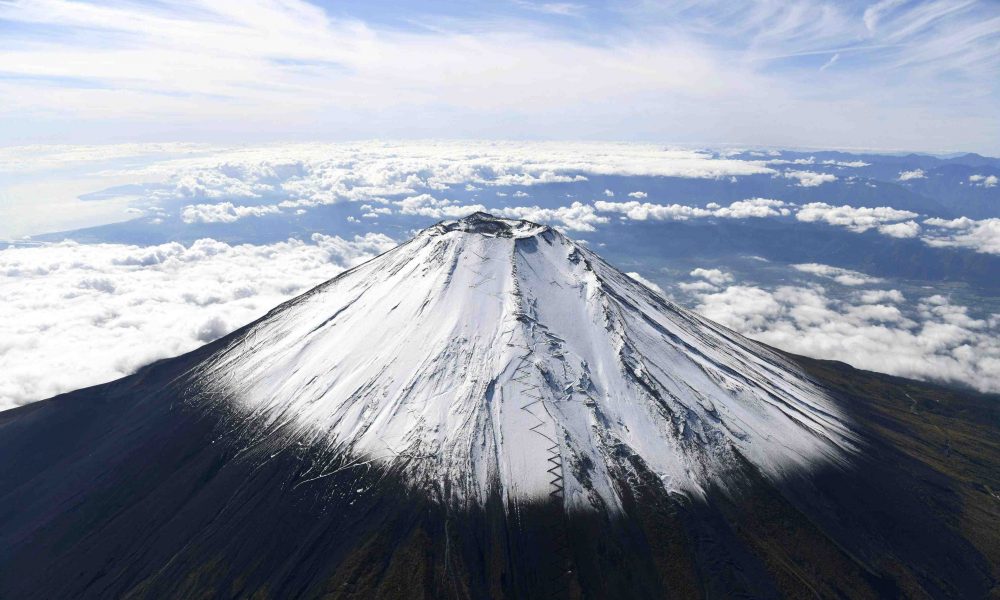
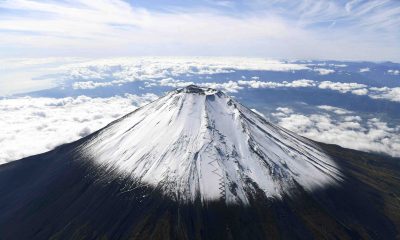

For Tokyo University, the main objective is to use the technology developed for local problem solving. But the team is also aiming to contribute to JAXA’s...
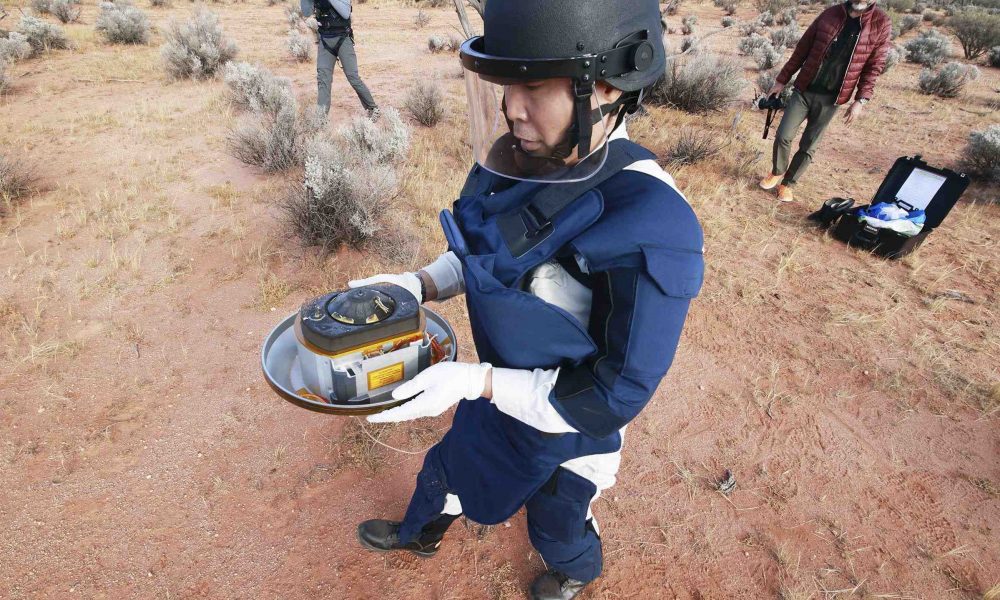


~Japan can become a pioneer of space science if it continues its successes with its unparalleled sample return technology~ With the return of the...
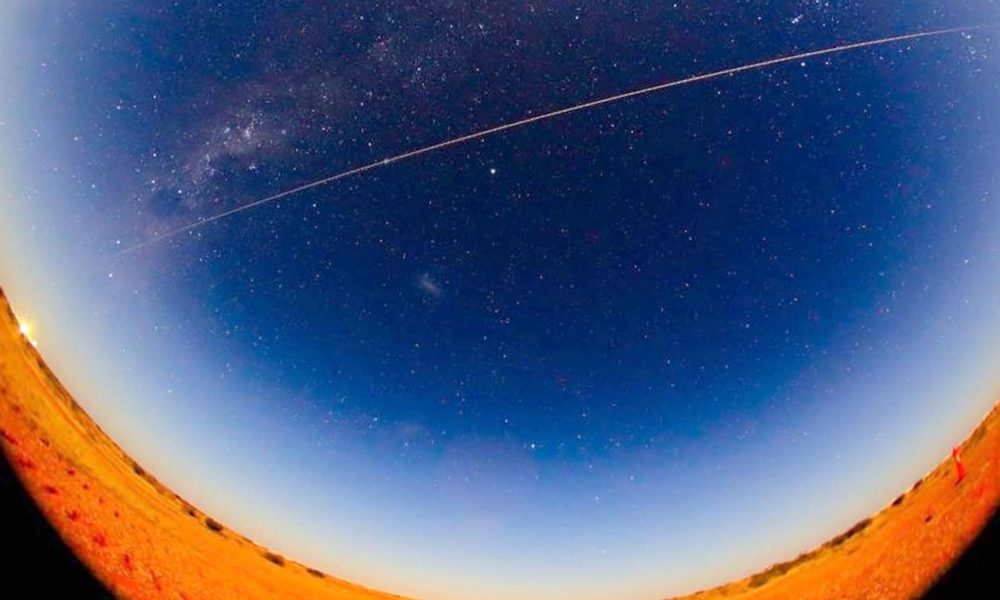


Asteroid probe Hayabusa2’s six year long mission to the asteroid Ryugu and back ended flawlessly, as the space vehicle performed its final tasks on December...
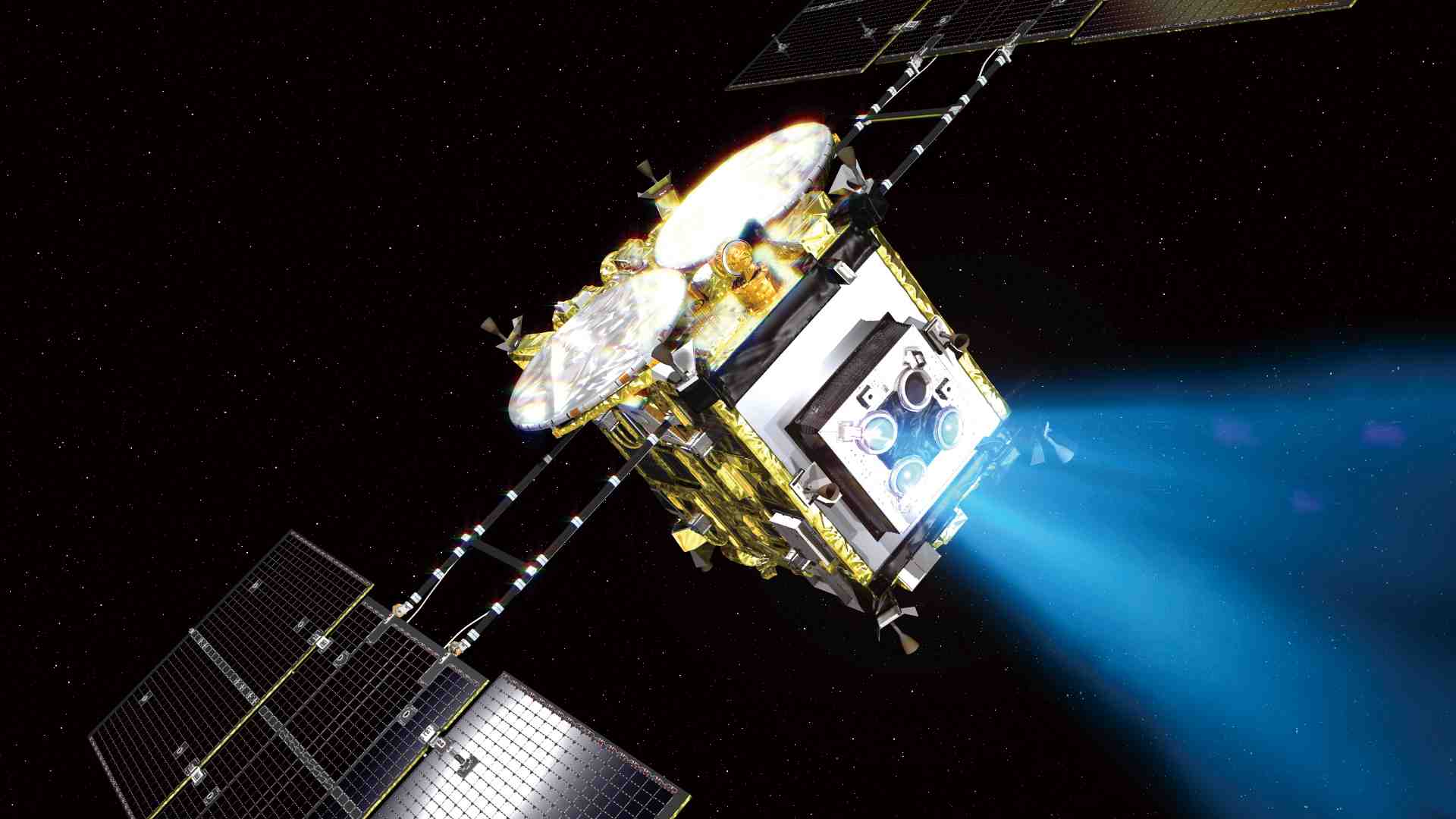

The Japan Aerospace Exploration Agency (JAXA) revealed on July 21 that it plans to send its asteroid probe Hayabusa2 on another 10-year mission after...
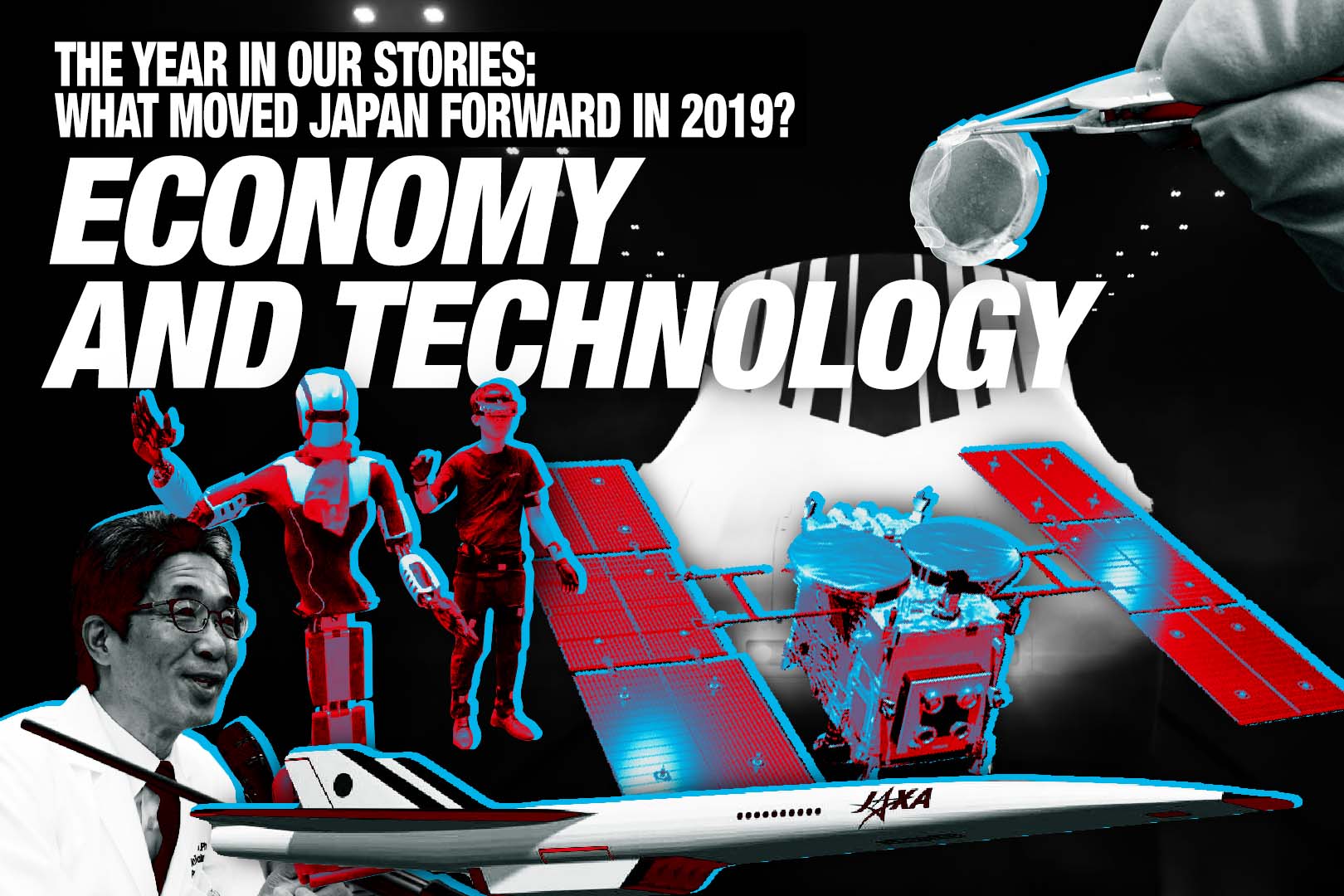


As 2019 comes to a close, we at JAPAN Forward are reflecting on the stories that moved Japan this year, and the stories our...
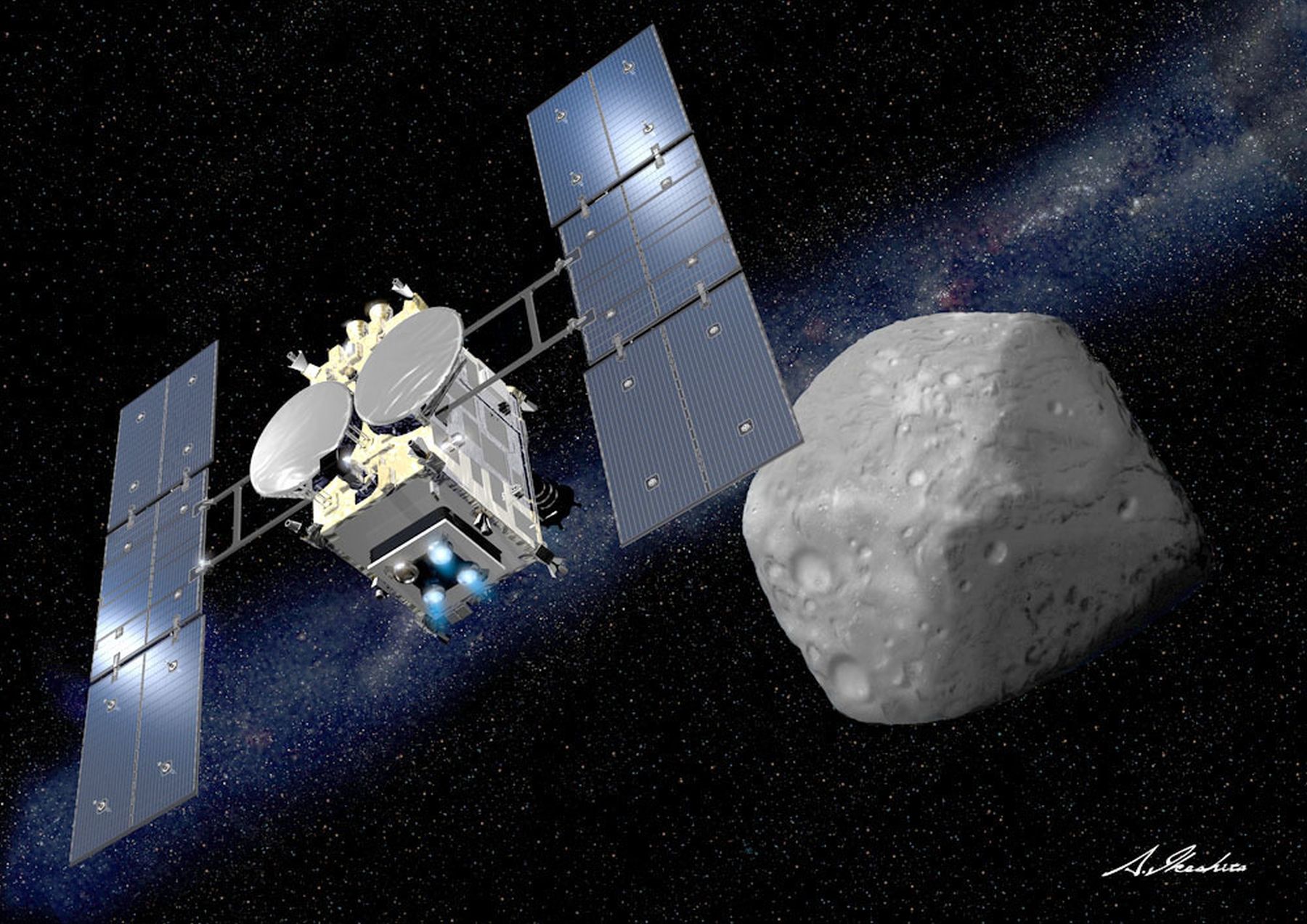


Japan’s space agency announced that its Hayabusa2 space probe departed from asteroid Ryugu at 10:05 A.M. on November 13, 2019, Japan Time, embarking on its...